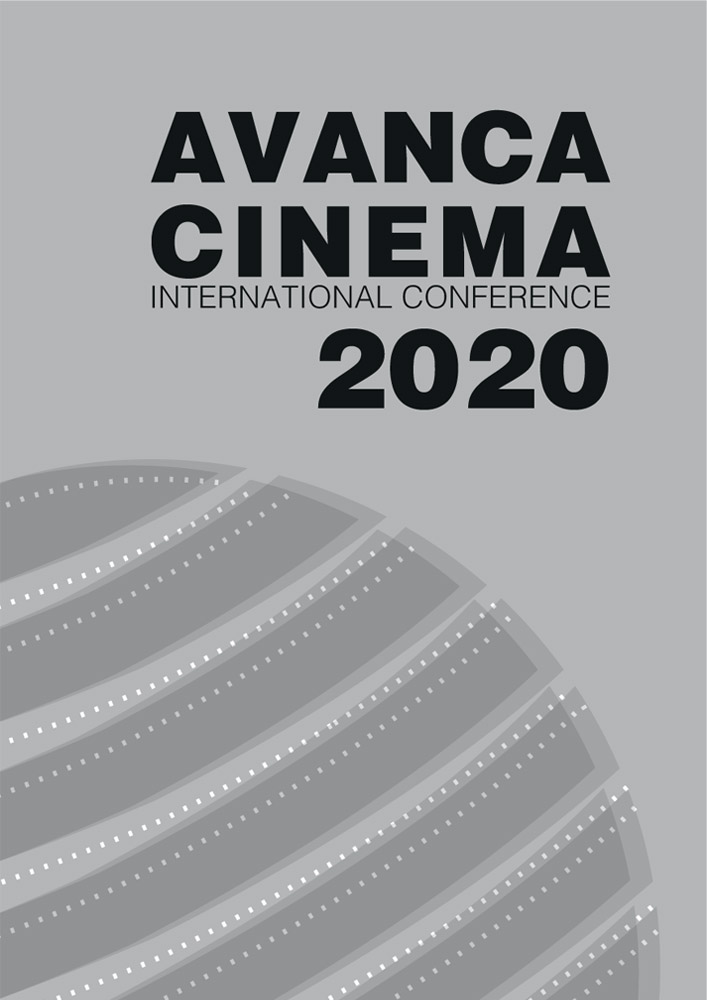Chapter II _ Cinema - Cinema
Naiá e a Lua (2010): indigenous legends under the spotlight of narrative
Abstract
This article aims to discuss the composition of narratology in the award-winning Brazilian short film (12 minutes and 45 secunds) Naiá and the Moon (2010) under the direction of Leandro Tadashi. This work is linked to interinstitutional research Art, psychoanalysis and education: aesthetic procedures in cinema and the changes of childhood CEPAE / UFG / PUCGO / UEG / UAB-UNB / UEMS, which seeks to highlight the potentialities of the relations between cinema and education. The proposed film analysis will reveal the narrative functioning of the intersection of two indigenous legends that the short film contains, since it projects for the viewer a story within the story, the passionate narration of the legend of the appearance of the stars (relationship between Jaci and the Indians of tribe) with the ultimate construction of the legend of Vitória-Régia and its origin. Still, the place of childhood, the dreamlike quality of the narrative and the components of the diegetic world will be treated: characters - in this case, the central narrator and the protagonist child, Naiá, gain centrality; the spaces; temporality; the voice of the film; the spectator, narrator and narrative relationship based on the aesthetic devices used - photography, chosen soundtrack, the mix between live-action and animation - that make the film so touching and loaded with a symbolic-cultural charge. Gardies (2008) e Tarkovski (1998) will be fundamental references to support the discussion, alongside authors such as Benjamim (1994) and Adorno (2008).

This work is licensed under a Creative Commons Attribution 4.0 International License.

